We've Got Trust Issues
The Mid-Year 2025 MAQ Report Is Here
The Internet runs on trust. Every click, every impression, every ad depends on it. But that trust is breaking. Consumers aren’t just misled by what they see; they’re harmed by it. Brands don’t trust where their ads run. Publishers are left to absorb the fallout.
In the first half of 2025, 1 in every 78 ads carried risk, exposing users to scams, malware, and AI-generated deception across tens of thousands of premium sites.
Criminal ad networks are scaling fast, turning ad inventory into attack surfaces. The result is a credibility crisis that is eroding the fabric of the Internet. The good news: trust isn’t lost. It’s measurable, and measurable problems can be fixed.

The Big Picture: Trust Is the True Cost
Trust is becoming the scarcest commodity online. AI deception, cloaking, and social engineering have blurred the lines between what is real and what is fake. The same systems that monetize attention are now being used to exploit it.
Consumers now see more than 10,000 ads a day, yet trust in advertising has fallen to an all-time low. Cybercrime will cost the global economy $9.5 trillion in 2025, and digital advertising has become one of its most targeted gateways.
Malvertising has turned attention into risk, and that risk is rewriting the economics of the Internet.
Themes covered in this MAQ edition:
- The Credibility Crisis: Why security and quality are inseparable
- Threat Patterns: ClickFix, cloaking, and deepfake scams
- Economic Fallout: The real cost of bad ads
2025 by the Numbers
The first half of 2025 maps the changes in digital trust with security incidents stayed 50% higher than last year’s baseline. Even “safe” markets like Japan and France saw triple- and quadruple-digit spikes in ad risk.
But the most revealing number comes from the supply chain itself: Across major SSPs, the gap between the safest and riskiest partners was over 300x, ranging from 0.005% to 1.46% in violation rates.
User safety now depends as much on who delivers the ad as what the ad says.

What’s the True Cost of a “Bad Ad”?
If you think your ROI is the cost of a bad ad, think again.

Inside the Threat
Threat actors are evolving faster than filters.
In early 2025, they relied on forced redirects and fake software updates. By spring, new social-engineering kits like ClickFix began tricking users into executing malicious code.AI-generated deepfakes and “Cloaking-as-a-Service” made scams look legitimate, even to trained reviewers.
Each of these tactics erodes user confidence and creates new revenue risks for publishers and platforms. The vulnerability isn't in the software. It's in human nature.
Rebuilding Digital Trust
The Malvertising & Ad Quality (MAQ) Index doesn’t just track violations. It benchmarks accountability across the entire ecosystem.
Some SSPs are leading with transparency and strong creative governance. Others are falling behind. DSPs are rethinking how they source, vet, and monitor inventory in real time.
The takeaway is clear: security and quality cannot live in silos. Trust depends on collaboration across every layer of the ad supply chain.
Rebuilding digital trust requires vigilance, shared standards, and partners who treat user safety as infrastructure, not a feature.
Trust cannot be assumed. It has to be secured.



